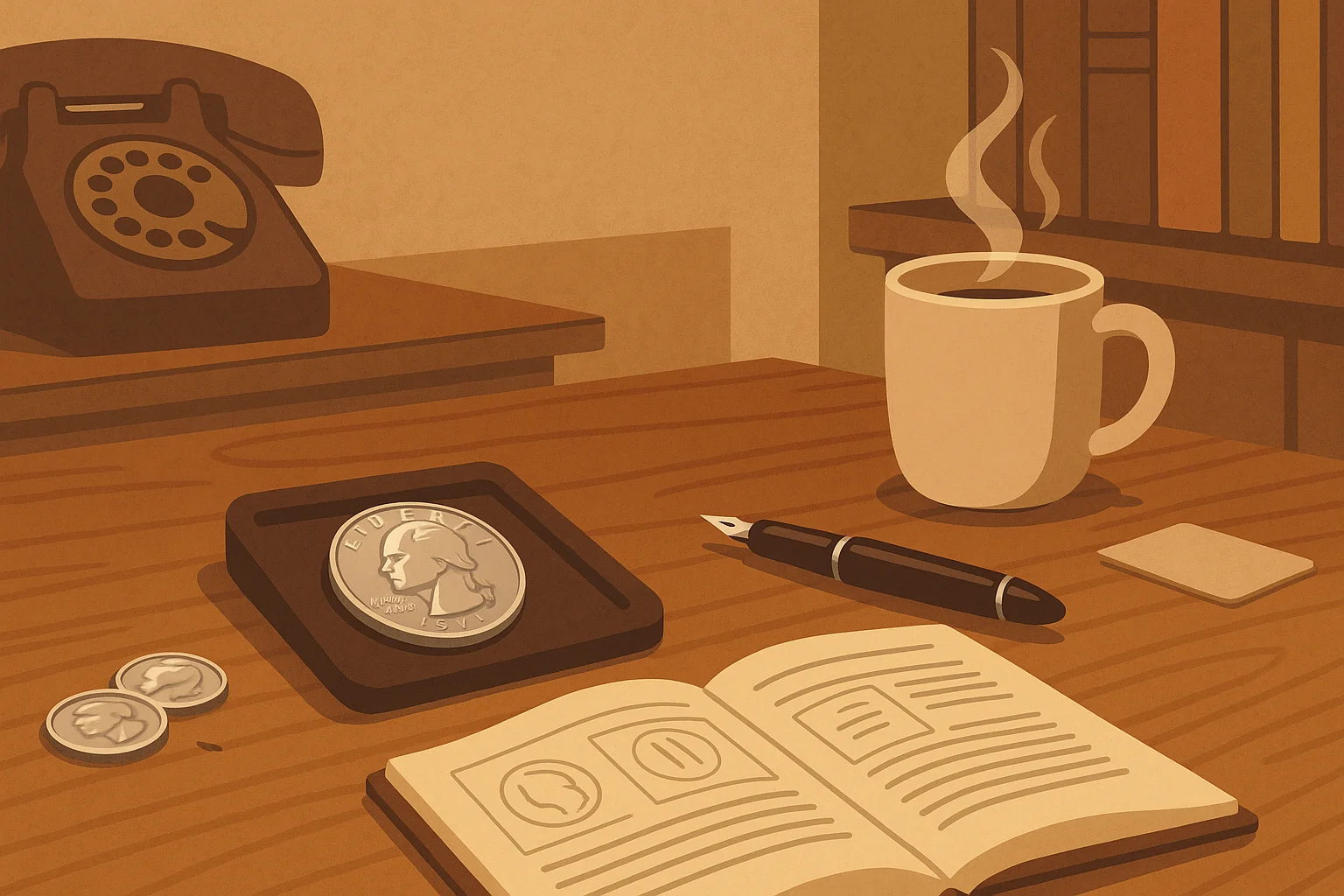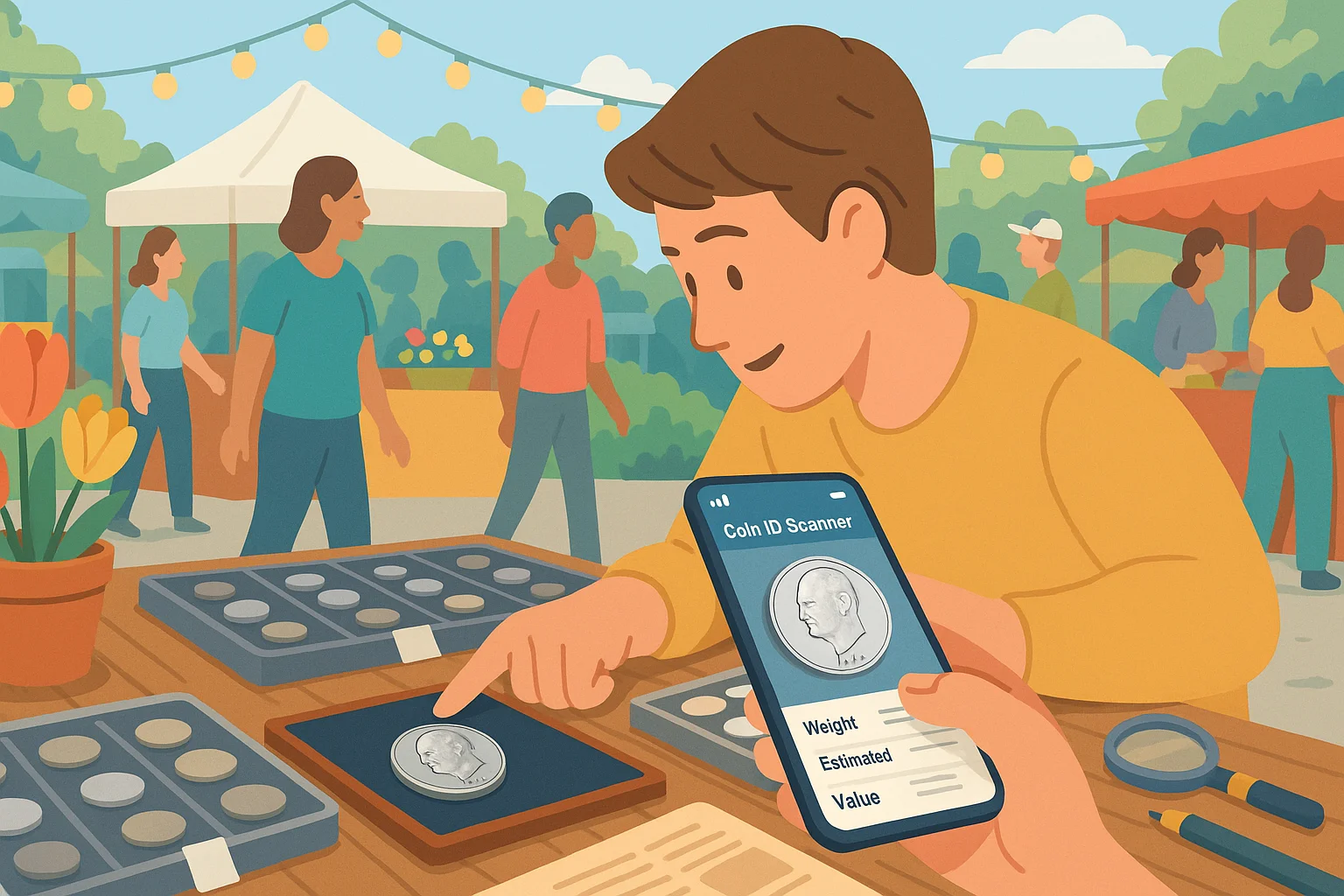The 1971 Eisenhower dollar holds a unique place in American numismatics, representing both the return of the dollar coin after a 36-year hiatus and a tribute to two powerful symbols of national pride: President Dwight D. Eisenhower and the Apollo 11 moon landing. Its introduction was more than a monetary update—it was a commemoration of leadership, progress, and American achievement.
When it entered circulation in 1971, the Eisenhower dollar immediately stood out for its size and weight. At 38.1 mm in diameter, it was the largest coin struck by the U.S. Mint since the Peace dollar of 1935. On the obverse, designer Frank Gasparro presented a left-facing bust of Eisenhower, capturing his dignified legacy as a five-star general and two-term president. The reverse design echoed the Apollo 11 mission patch: a bald eagle landing on the Moon with Earth in the background, symbolizing peace and exploration.
Young numismatists are often surprised when they find out how much is a 1971 silver dollar worth. What makes the 1971 issue so remarkable is that it marked the first U.S. dollar coin minted in two compositions:
Copper-Nickel Clad versions struck for general circulation.
40% Silver Proof and Uncirculated issues reserved for collectors, struck in San Francisco.
This dual composition strategy was unusual and gave the Eisenhower dollar immediate collector appeal. While most circulated pieces quickly lost their luster in everyday use, the silver issues and proof strikes gained recognition for their craftsmanship and limited availability.

Why Collectors Care About the First Year
The Eisenhower dollar’s 1971 debut holds the same weight for collectors that the first year of issue typically does across coinage history. Collectors often favor the “first” because it establishes a new design, and in this case, it also symbolized America’s post-war pride and space-age optimism.
Adding to its allure is the fact that proof coins and special silver sets were marketed directly to collectors, creating a divide between everyday circulation strikes and coins destined for long-term preservation. This difference has had lasting consequences on value, as many clad coins suffered wear, but silver proofs often remained in near-pristine condition.
For numismatists, the Eisenhower dollar embodies three converging elements:
Historical tribute to Eisenhower and Apollo 11.
Numismatic innovation through dual-metal production.
Collector rarity in higher grades and silver versions.
These factors help explain why the 1971 Eisenhower dollar is not only historically important but also the foundation of a coin series that continues to intrigue—and sometimes astonish—collectors with its surprising price potential.
Factors Driving the Price of the 1971 Eisenhower Dollar
The value of a 1971 Eisenhower dollar goes far beyond its one-dollar face value. For collectors, the key to understanding why some examples sell for thousands lies in examining the coin’s composition, condition, rarity, and market demand.
1. Composition and Silver Content
The U.S. Mint struck the Eisenhower dollar in two distinct versions:
Copper-Nickel Clad: Standard circulation coins with little intrinsic value.
40% Silver Proofs and Uncirculated Issues: Produced in San Francisco for collectors.
Silver coins contain about 0.3161 troy ounces of silver, making them more valuable even at melt price. Their limited distribution compared to clad issues adds significant collector appeal, especially for high-grade proofs and uncirculated coins.
2. Condition and Grading
Grading is one of the strongest price drivers. A 1971 Eisenhower dollar in circulated condition might fetch only $2–$5. But in Mint State (MS65+), the value rises sharply, especially for silver issues. Professional grading services like NGC and PCGS assign grades on a 70-point scale, with coins closer to perfection commanding premium prices.
High-grade silver proofs (Deep Cameo) have sold for $6,500+.
Rare high-grade clad versions have realized auction prices up to $13,000.
3. Rarity and Collector Demand
The Eisenhower dollar launched a brand-new series, encouraging many collectors to save 1971 issues. Yet, finding pristine examples is difficult because of the coin’s large size, heavy weight, and frequent handling in circulation. As a result, demand for untouched mint-condition coins has grown significantly.
Additionally, specialized varieties and errors add to the excitement:
1971-S Silver Proofs with Cameo contrasts.
Clad circulation strikes in exceptional grades.
Minting errors, such as die breaks or off-center strikes, which always increase rarity.
4. Market Trends and Historical Context
The coin’s link to two major narratives—Eisenhower’s presidency and the Apollo 11 moon landing— boosts demand among collectors beyond traditional numismatists. With rising interest in space memorabilia and mid-20th-century U.S. history, the 1971 Eisenhower dollar has become both a collectible and cultural artifact.
A strong silver market also influences the value of the silver proofs and uncirculated issues. When silver prices rise, these coins gain a “dual boost”—both from intrinsic metal worth and collector-driven premiums.

Modern Tools for Identification and Valuation
Accurately identifying and valuing a 1971 Eisenhower dollar can be tricky. The differences between clad and silver issues, proof versus uncirculated, and subtle varieties like Cameo contrasts make professional guidance essential. Fortunately, modern collectors have a powerful digital ally: the Coin ID Scanner app.
How the App Helps Collectors
Photo Identification: Snap or upload a picture of your coin, and the app instantly generates a detailed profile, including mint year, composition, diameter, weight, and estimated price.
Extensive Database: With over 187,000 coins worldwide, the database allows collectors to compare their 1971 dollar against varieties and mint marks with ease.
Collection Management: Create and maintain a digital catalog of your coins, track values, and organize collections without manual spreadsheets.
Smart Filters & AI Coin Helper: The premium version provides advanced filtering and AI assistance, ideal for pinpointing rare variants such as 1971-S silver proofs or unusual clad strikes.
This kind of technology gives collectors the confidence to buy, sell, and catalog coins accurately, saving time and avoiding costly mistakes.
Summary Table of 1971 Eisenhower Dollar Values
Coin Type | Typical Value Range (USD) | Notes |
1971 Copper-Nickel (Circulated) | $2 – $10 | Common, minimal premium |
1971 Copper-Nickel (MS65+) | $200 – $13,500 | Rare in high grades |
1971-S Silver Proof | $15 – $6,500+ | Deep Cameo brings top prices |
1971-S Silver Uncirculated | $25 – $6,500+ | Collectible for luster and rarity |
Why the 1971 Eisenhower Dollar Still Commands Attention
The 1971 Eisenhower dollar is expensive not just for its silver or its scarcity but for what it represents: the first dollar coin in decades, a tribute to a U.S. president, and a commemoration of America’s moon landing triumph. High-grade silver and clad versions continue to fetch thousands, reflecting both collector demand and historical resonance.
For modern numismatists, tools like the Coin ID Scanner app bridge the gap between history and technology, helping enthusiasts identify, organize, and protect their collections. Whether you’re a hobbyist who finds one in a family drawer or a seasoned collector chasing high-grade proofs, the 1971 Eisenhower dollar offers not just monetary worth but a tangible piece of American heritage.
It is, quite simply, a dollar that tells a story—and one that collectors will always treasure.
